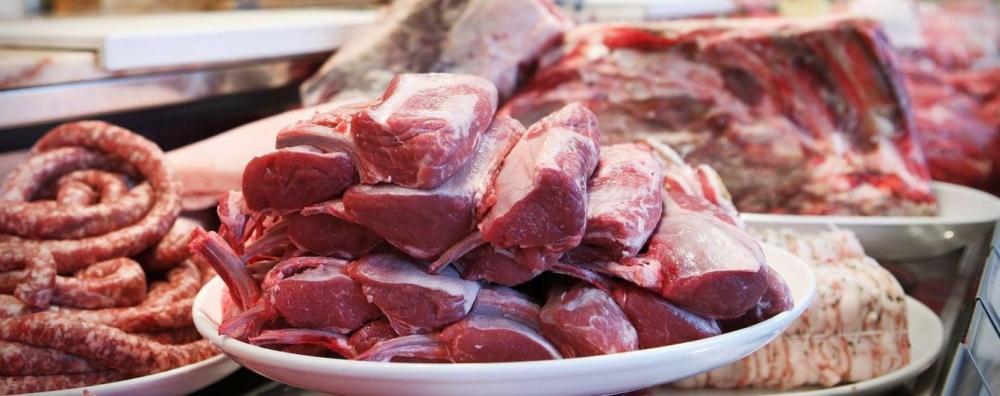Year-to-date pork exports out of the United States are down 18% compared to the same period last year. Pork trade with China halfway through the year is down 38 million pounds. Trade to Colombia is up 15 million pounds and up 11 million pounds to both Mexico and the Dominican Republic. Pork exports as a percent of production has declined to 18%, a five-year low.
In addition to the sharp decline in pork exports there is a sharp increase in pork imports. This can be attributed to the strong dollar and high price of pork. Year-to-date pork imports is up 43% compared to the first half of last year.
The majority (60%) of the pork import surge is due to Canadian pork. Recently, China relisted three Canadian pork plants. One plant has been offline since 2019 and the other two since 2020. It appears that China is preparing to import increasing quantities of pork. If they start buying Canadian pork, then one should expect U.S. pork imports to decline substantially. Canada exports 80% of their pork production.
In the last week of July U.S. pork export sales were powerful strong, up 35% from the four-week average at 31,000 MT. China was a buyer of 16,800 MT, taking 54% of the total sales. Mexico purchased 8,600 MT with Japan, South Korea and Canada also major buyers.
So, the question looms large, is China moving back into the U.S. pork market in a major say. Hog prices are up substantially in China over the last couple of months. We must assume that production is dropping in China as massive herd liquidation is complete. My sources also indicate that baby pig prices are rising rapidly in China. This tends to confirm the drop off in pork production and the return of profitability. Another expansion, perhaps, has begun.
My best guess is that China will re-enter the U.S. pork market in a meaningful way sometime this fall. While the surge in business in the last week of July was impressive, I'd be very surprised if this level of imports were sustained given the current elevated price of many pork cuts. It would be more typical of the Chinese to wait until prices eased downward as production increases into the fall.
Recent activity in U.S. hog prices has been very strong. Packers have been forced to chase after pigs, competing aggressively for hogs in the negotiated market. Despite poor export demand domestic pork demand remains quite strong. The competition for pigs has kept packer operating margins in the red, at times deeply in the red. That’s fairly normal during the summer months. I am anticipating a normal type of corrective activity in prices this fall.
As summer comes to a close, look for hog numbers and weights to increase, swelling production and driving prices for the major pork primal cuts lower. As prices work lower, eventually increased demand, mostly through exports, will surface. What I'm describing is normal behavior for the hog and pork markets during the transition period from summer to fall. A seasonal low in futures prices normally occurs in late August to early September.
The October hog contract remains highly elevated, recently settling at $98.40, or the highest price since April 20. Only two other times in 17 years have October futures provided the chance to hedge fall production above $98.00. One was last year and the other was in 2014.
Pig prices and hog futures should remain historically elevated for the foreseeable future. For the first time in modern history the industry has witnessed simultaneous contraction in China, the European Union and in the United States. Global pork production should decline substantially into 2023 just as U.S. beef production is also dropping sharply. It's highly possible that lean hog futures in the summer of 2023 will experience record high levels.
PigUA.info by materials nationalhogfarmer.com



